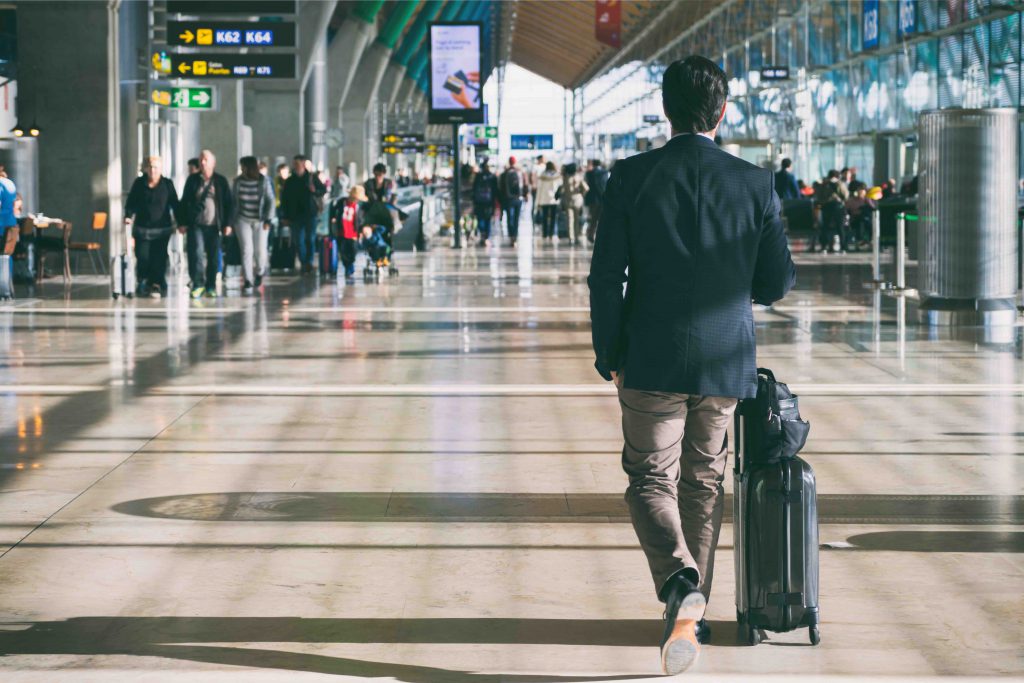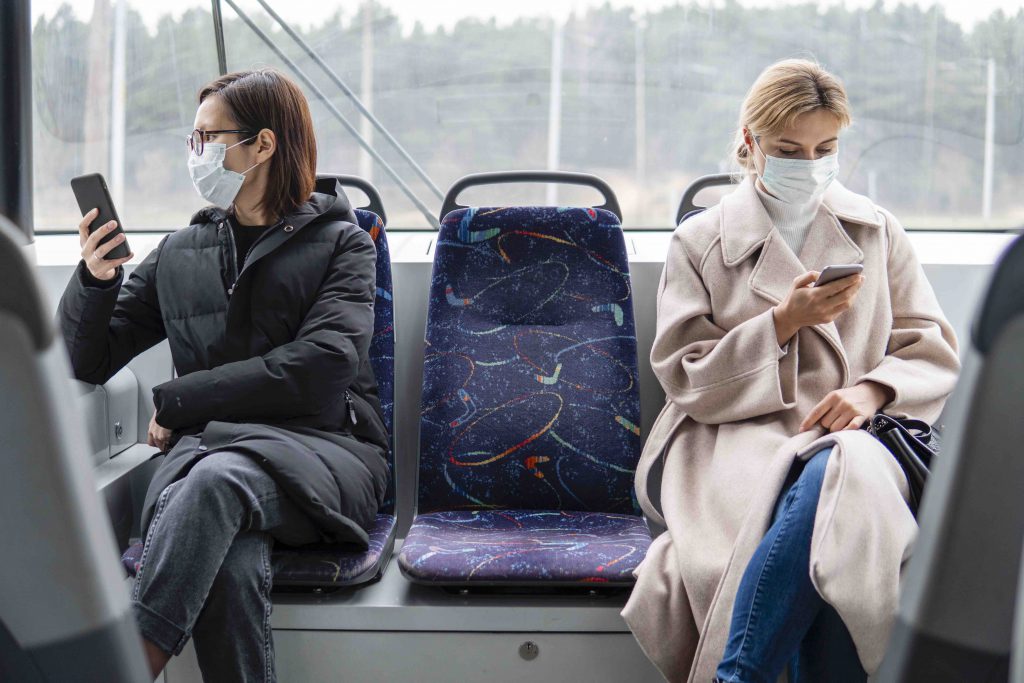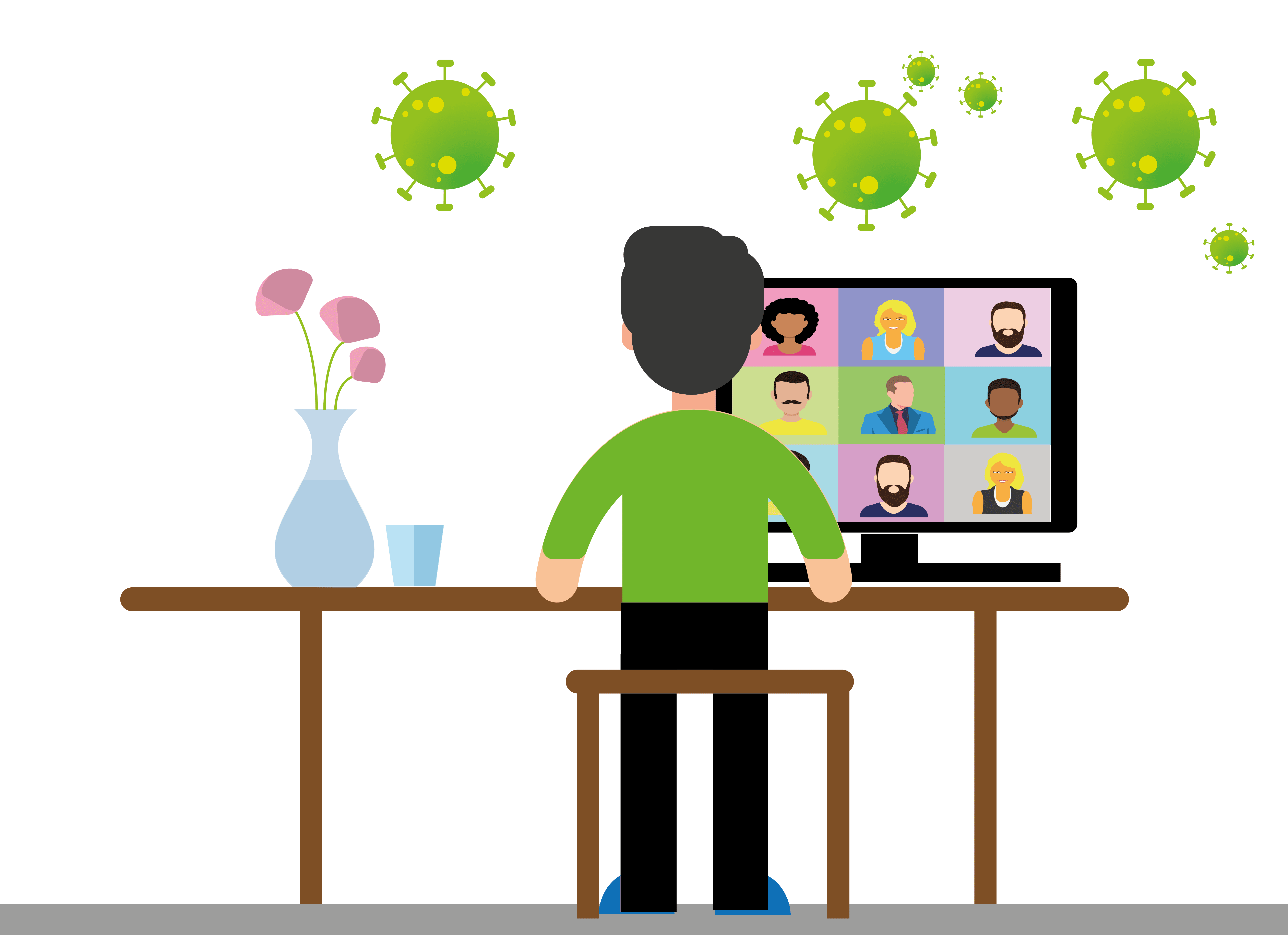Travelling is an important part of many businesses. With the emergence of the corona virus, many of them are bound to suffer. Globally, about 80,000 people in more than 40 different countries have been reported to be infected, with 3,000 dying from it so far. In the Middle East there are about 1,100 confirmed cases of the virus. Iran reported a total of 54 deaths and 978 infections in late February. According to Gulf News, all the infections in MENA can be traced to Iran.

Countries are issuing travel bans and some airlines are suspending flights to the hard-hit areas of the Far East, especially China and South Korea. The Financial Times reports that major companies are cancelling all international flights for at least a month. The International Association of Airline Transportation (IATA) announced that the global air demand could fall for the first time in 10 years, leading to losses of about $30 billion.

In the midst this global epidemic, it is advisable to postpone travel to the affected areas. The relief is, there are a number of alternatives to business travel thanks to technology. These include:
• Video conferencing. It allows interactive for audio and video. This can be used to hold meetings, training sessions or when addressing board members. If the data connection available is strong and fast, the meetings can be held efficiently. Some hotels and conference centers offer quality video conferencing services
• Audio conferencing. Where videoconferencing services are unavailable, audio conferencing is a viable option. This connects more than two people on a phone call and can be used to hold meetings as well. Some services allow more than 200 people to call into an audio conference. The disadvantage of this is that it is audio only and such some non verbal cues may be missed.
Apart from preventing a businessperson from travelling into a disease affected area, these methods are also sometimes cheaper than business travel and should be considered as a strategy to reduce the company’s overall running costs.
If travelling to the affected areas is completely unavoidable and no restrictions have been set, there are some protective measures a traveler can take to minimize their chance of contracting the disease.
- Hand washing with soap and water. Many doctors are advising people to practice this age old hygienic practice. This prevents transfer of germs from surfaces to the inside of the body. Alcohol based hand sanitizers are also a good alternative when water is unavailable. People are also being warned against touching their eyes or faces unnecessarily.
- Avoid using bathrooms on planes or other public facilities. There is a lot of contact in bathrooms. Many people are handling the flash handles, faucets and door knobs. These bathrooms should be used only when completely necessary do to so. Avoiding areas with large numbers of people is also advisable.
- Choose a window seat. Although they are more expensive than the other seats, people on window seats have a lower chance of getting infected. According to a 2018 study, window seat passengers have less contact with other passengers during the flight (12%) compared to the middle seat passengers (58%) and the aisle seat passengers (64%). Passengers are also cautioned against unnecessary movements during flights.
- Before travel, passengers should ensure that they have received all their vaccinations. Although there is no vaccine for the virus yet, receiving the required shots before travel is important. This is because a weaker immunity increases susceptibility to the virus.
- The CDC (Centers for Disease Control and Prevention) advises passengers to practice basic hygiene. They encourage the passengers to wipe down their seats or others surfaces they may come in contact with during the flight.
- Wear a face mask while on the plane, train or bus. As the virus is spread by droplets (saliva released when an infected person coughs or sneezes), protection of the nose and mouth areas reduces the chances of infection especially when sitting next to somebody exhibiting the symptoms. The symptoms include: a high fever, excess coughing, headaches, a runny nose, sneezing or sore throat. The masks should be disposed of properly.

Generally, the public is advised to be vigilant, maintain high levels of hygiene and avoid travel to countries with high infection rates.




















